How to Use Ratchet Tie Down Straps
Ratchet tie down straps are designed to provide a secure hold on items, reducing the risk of shifting loads, accidents, and damage.
In today’s fast-paced world of transportation and material handling, ensuring that cargo is safely secured is paramount. Whether you’re transporting heavy machinery or everyday items, ratchet tie down straps play a crucial role in securing loads and preventing damage during transit. This comprehensive guide will walk you through everything you need to know about using ratchet tie down straps—from understanding their components to a detailed step-by-step usage guide. Along the way, we’ll discuss related concepts such as material handling equipment and share expert tips to maximize safety and efficiency.
Introduction to Ratchet Tie Down Straps and Their Importance
Securing cargo isn’t just about following regulations—it’s about ensuring safety on the road and protecting your valuable assets. Ratchet tie down straps are designed to provide a secure hold on items, reducing the risk of shifting loads, accidents, and damage. Their robust construction and easy-to-use design make them a staple in both professional and DIY settings.
As part of broader material handling practices, these straps work alongside other equipment to manage and transport goods safely. Whether you are working in logistics, construction, or even moving personal belongings, knowing how to correctly use these straps is essential.
What Are Ratchet Tie Down Straps?
Ratchet tie down straps are heavy-duty fastening devices equipped with a ratchet mechanism that tightens the strap securely around cargo. Unlike simple tie-downs, these straps allow for incremental tensioning, ensuring that your load remains fixed in place even under challenging conditions.
Key Features:
-
Durability: Constructed from high-quality webbing that resists wear, tear, and environmental damage.
-
Ease of Use: The ratchet mechanism simplifies the tightening process, even for loads that shift during transit.
-
Versatility: Ideal for securing a wide range of cargo, from vehicles and machinery to furniture and other heavy items.
These features make ratchet tie down straps a preferred choice in various industries, especially in applications involving material handling equipment where safety and reliability are critical.
Applications of Ratchet Tie Down Straps in Material Handling
The use of ratchet tie down straps extends well beyond simple load securing. They are integral in sectors where proper cargo management is essential. For example, in the logistics and transportation industries, ensuring that loads remain secure during long hauls can prevent accidents and reduce maintenance costs for vehicles. Additionally, industries such as construction and agriculture rely heavily on these straps to secure equipment and materials.
For more insights on how these straps integrate into broader material handling practices, check out this resource: material handling.
Step-by-Step Guide to Using Ratchet Tie Down Straps
Now that you understand the importance and applications of ratchet tie down straps, let’s dive into a detailed guide on how to use them effectively. Follow these step-by-step instructions to ensure your cargo is secured safely every time.
Step 1: Release the Ratchet
Before you begin, make sure the ratchet mechanism is in the unlocked state. This initial step is crucial for inserting the webbing properly.
-
Tip: Use the release catch to open the ratchet fully. Ensure that you can insert the webbing into the slot without any obstructions. The release catch is designed to disengage the locking mechanism, allowing the webbing to be positioned correctly.
Taking your time during this step sets the foundation for a secure tie down, ensuring that the webbing slides smoothly and fits well into the ratchet slot.
Step 2: Hook Ends on the Item to Be Tied Down
The next step involves connecting the straps to the cargo. Most ratchet tie down straps come with hooks or other fastening devices at both ends.
-
Hooking: Securely attach each hook to a stable, fixed point on the item or vehicle you are securing. Ensure that the connection points are strong enough to withstand the tension applied during the cranking process.
This step is particularly important for ensuring that the load does not shift during transit. Improperly attached hooks can lead to an unsecured load, which might cause damage or even lead to accidents.
Step 3: Feed the Webbing Through the Bottom of the Ratchet
Once the hooks are in place, the next move is to thread the webbing into the ratchet mechanism.
-
Tip: Pull the excess webbing through until it is taut. This ensures that the strap has enough length to secure the cargo properly without leaving slack that could allow for movement.
Carefully feed the webbing until it is correctly aligned with the ratchet’s internal mechanisms. This step ensures that the tension applied later will be evenly distributed across the strap.
Step 4: Crank the Ratchet and Lock It Safely
With the webbing in position, it’s time to engage the ratchet mechanism.
-
Cranking Process: Begin cranking the handle to tighten the strap. As you turn the handle, the ratchet mechanism will gradually pull the webbing tighter around the load.
-
Locking: Once you’ve achieved the desired tension, ensure that the ratchet locks securely. The locking mechanism is designed to prevent the strap from loosening unexpectedly during transit.
This step is critical for maintaining a secure hold on your cargo. Make sure to check that the strap is tight enough to eliminate any movement, yet not so tight that it damages the item being secured.
Step 5: Release the Ratchet and Remove the Webbing
After reaching your destination or when you need to remove the straps, the process is reversed.
-
Tip: Remember to use the release catch when disengaging the mechanism. This allows you to unlock the ratchet and safely remove the webbing without causing damage.
-
Releasing: Carefully release the tension by opening the ratchet and slowly removing the webbing. Ensure that the cargo remains stable throughout the removal process to avoid any sudden shifts.
Following these steps carefully ensures that your cargo is not only secured during transport but also that the straps can be reused safely for future applications.
Best Practices and Tips for Effective Use
Selecting the Right Ratchet Tie Down Straps for Your Needs
Not all ratchet tie down straps are created equal. When choosing straps, consider factors such as the load capacity, durability, and the specific requirements of your cargo. For heavy-duty applications, opt for straps made with reinforced webbing and robust metal components. Always verify that the straps are rated for the weight and type of load you intend to secure.
Moreover, consider the length and adjustability of the straps. Longer straps provide more flexibility, especially when securing larger or irregularly shaped items. It is essential to invest in quality straps that comply with safety standards and industry regulations.
Maintenance and Storage Tips
Proper maintenance and storage of your ratchet tie down straps will extend their lifespan and ensure optimal performance. Here are some maintenance tips:
-
Inspection: Regularly inspect your straps for signs of wear, fraying, or damage. Replace any straps that show significant signs of deterioration.
-
Cleaning: Keep the straps clean by wiping them down with a damp cloth after use. Avoid using harsh chemicals that may degrade the webbing material.
-
Storage: Store your straps in a dry, cool environment away from direct sunlight. Proper storage prevents material degradation and ensures that the straps remain functional over time.
Routine maintenance not only enhances safety but also ensures that your ratchet tie down straps are ready for use whenever needed. For a range of quality tie down solutions, you can explore products like these: ratchet tie down straps.
Safety Considerations
Using ratchet tie down straps safely is essential to prevent accidents and damage. Here are some key safety considerations:
-
Never Overload: Always check the load capacity of your straps and never exceed it. Overloading can lead to strap failure and potential hazards.
-
Proper Tensioning: Avoid overtightening the straps, as this may damage the cargo or the straps themselves. The goal is to secure the load firmly without causing harm.
-
Follow Manufacturer Guidelines: Always adhere to the manufacturer’s instructions regarding the use and maintenance of the straps. Manufacturer guidelines are designed to ensure safe and effective operation.
-
Use in Suitable Conditions: While ratchet tie down straps are designed for rugged use, extreme conditions such as heavy rain, ice, or excessive heat may affect their performance. Always assess the environmental conditions before using the straps.
By keeping these safety tips in mind, you can minimize the risk of accidents and ensure that your cargo remains secure throughout the journey.
Understanding the Broader Context of Material Handling Equipment
In the realm of logistics and transportation, ratchet tie down straps are just one component of a vast array of material handling equipment. This equipment encompasses various tools and machinery used to move, secure, and store goods efficiently. From forklifts to conveyor belts, each piece of equipment plays a critical role in ensuring that cargo is handled safely and effectively.
The principles behind using ratchet tie down straps extend to other areas of material handling. Understanding these principles can help you better integrate various equipment into your overall handling strategy. Proper use of equipment not only optimizes workflow but also minimizes the risk of injury and damage. For further insights into material handling, consider exploring detailed discussions and examples available on specialized sites.
Additional Tips for Enhanced Cargo Security
Plan Your Load
Before securing your cargo, plan the layout and distribution of weight. Uneven loads can lead to shifting, even if the straps are applied correctly. Make sure that heavy items are evenly distributed and that the straps are applied to secure each section of the load.
Use Multiple Straps for Large Loads
For larger or heavier items, it’s advisable to use multiple ratchet tie down straps. This approach distributes the load across several points, increasing stability and reducing the chance of a single strap bearing too much tension.
Regular Training and Updates
If you are part of a team that regularly handles cargo, ensure that everyone is well-trained on the proper use of tie down equipment. Regular training sessions can help reinforce safe practices and update the team on any new methods or equipment standards.
Conclusion
Ratchet tie down straps are indispensable tools in the world of cargo transport and material handling equipment. Their design and functionality not only secure loads effectively but also contribute significantly to overall transportation safety. By following the step-by-step guide outlined above—from releasing the ratchet and hooking the ends to feeding the webbing through, cranking the ratchet, and safely releasing it—you can confidently secure your cargo every time.
Investing in quality straps, adhering to safety practices, and maintaining your equipment are critical components of an efficient load management strategy. Whether you’re a seasoned professional or a DIY enthusiast, understanding the nuances of how to use ratchet tie down straps ensures that your cargo is safe, secure, and ready for any journey.
For more information on high-quality tie down solutions, you can explore resources like ratchet tie down straps, which offer a range of products designed to meet various load securing needs. Additionally, gaining broader insights into the field of material handling will help you better integrate these practices into your overall cargo management strategy.
By embracing these techniques and safety protocols, you contribute to a culture of responsibility and efficiency in cargo transport—a critical factor in today’s logistics and material handling industries. Whether you are securing a single load or managing a fleet of vehicles, mastering the use of ratchet tie down straps is an essential skill that can save time, reduce risks, and ensure the safe delivery of goods every time.
Understanding and applying these practices is not only about following a set of instructions—it’s about building a safer, more reliable system for all your cargo transport needs. Happy securing!













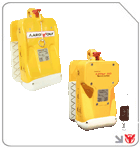
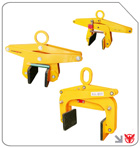
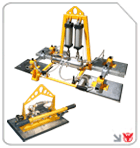
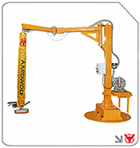
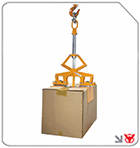
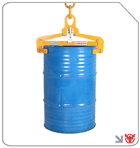
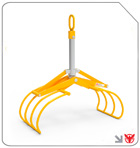
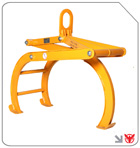
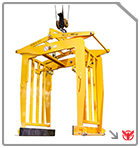
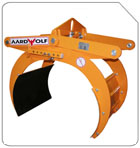
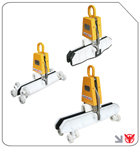
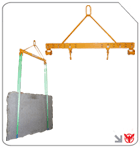
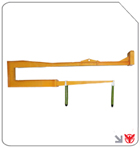
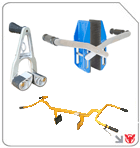
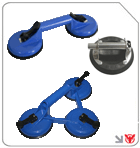
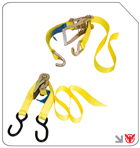
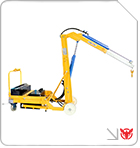
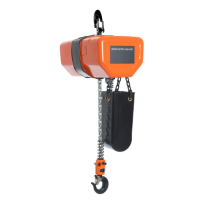
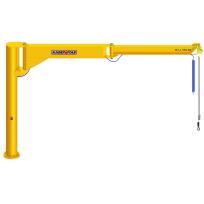

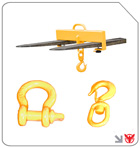
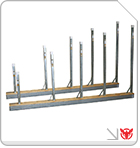
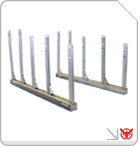
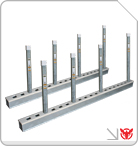
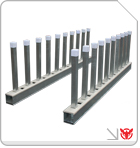
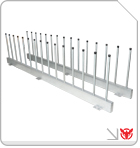
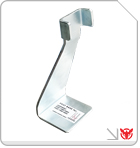
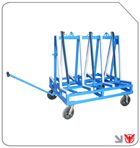
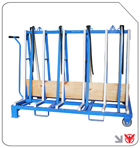
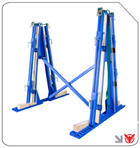
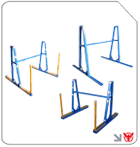
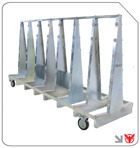
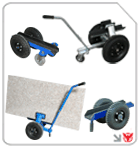
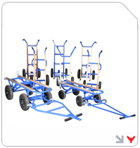

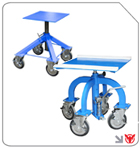
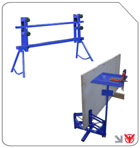
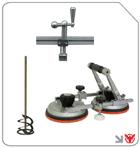

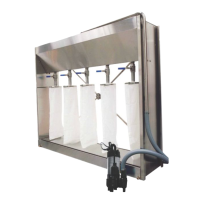
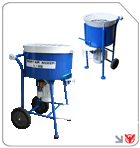
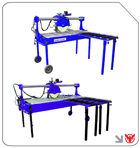
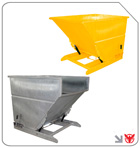
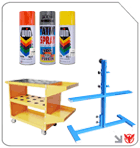
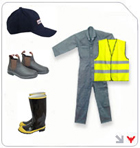
Follow us on: